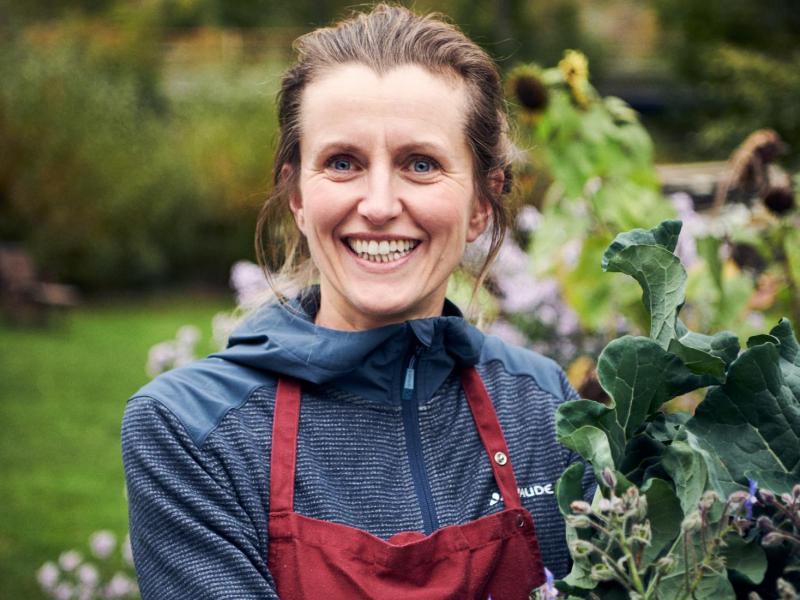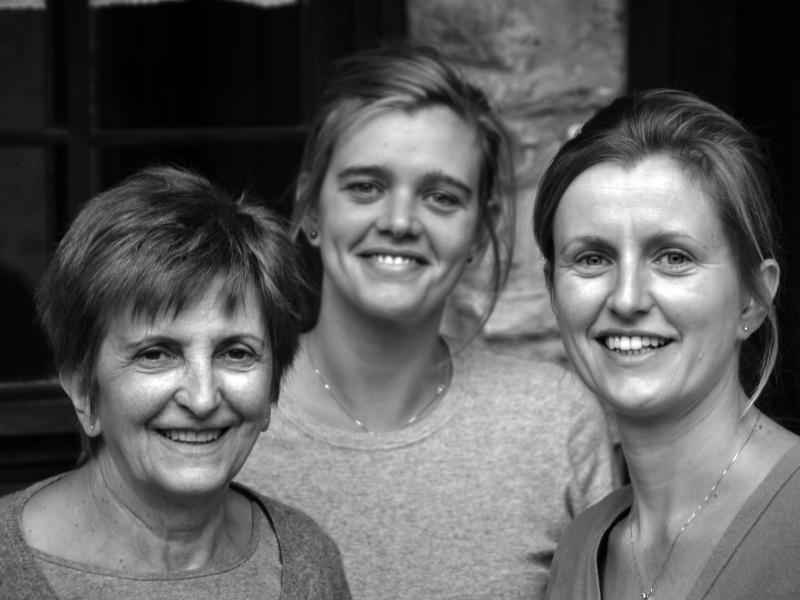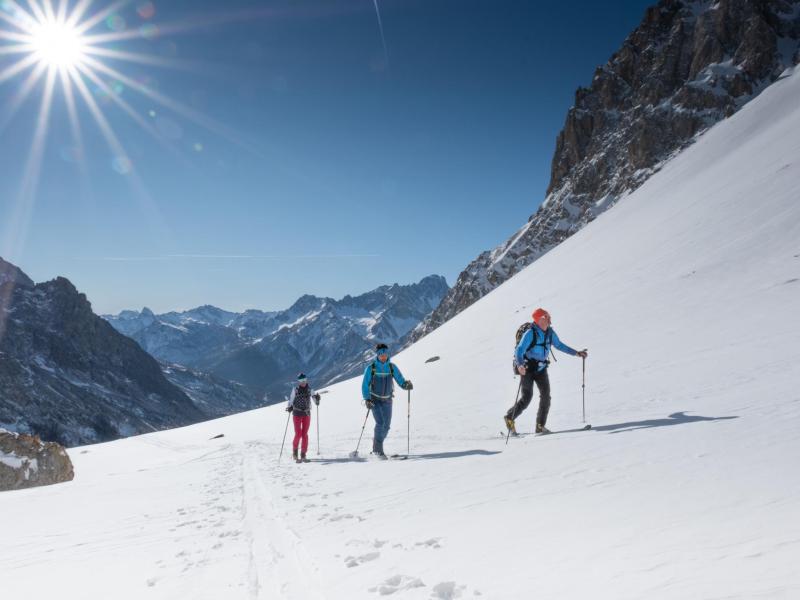Rock, Snow & (ice) endle - this is how our interviewee today greets visitors to his website. The South Tyrolean, Hanspeter Eisendle, is a long-time friend and loyal guest of the Locanda Mistral. Hanspeter has been a mountain guide for almost 40 (!!!) years and is, among other things, one of the best Dolomite climbers with numerous first ascents.
That is why we are all the more pleased that today we discuss with this experienced alpinist his job, his love for the mountains, and of course, also about the Valle Maira.
Thank you Hanspeter for taking the time to talk to us. First of all, of course, we have to talk about almost 40 years of experience as a mountain guide. How did you get into this profession after your training as an art teacher? And when you think back, what do you think has changed most in mountain sports, in your job?
I was lucky enough to be born in a time and in a country / continent where you could follow your interests. These applied to the visual arts as well as to the mountains. The latter have obviously prevailed and so I have been practicing the art of survival for some time.
What has changed most of all is that when I started out, mountaineering was rather “out” and is now totally “in”, which is reflected in the term “mountaineering”, among other things. Of course, this also has a positive effect on our mountain guide profession. But in terms of content, nothing has changed for me privately or professionally: The mountains are an immense place to experience and retreat.
You were one of the first South Tyroleans to discover the Valle Maira. Do you still remember when and how you discovered this rustic alpine valley? And what can you remember from your first visit (s)?
I saw the Valle Maira for the first time from above, from the Rocca Marchisia, which I reached from the Valle Varaita. I was immediately aware of the ski mountaineering potential of this region. I received logistical information from the "usual suspects" among the South Tyrolean mountain guide community and from Nino Perino, the only "local guide" at the time. The first week-long visit in 1999 was a real “aha” moment!
It is well known that it did not stop at this first visit. Do you have any idea how often you have been to the Valle Maira in total? What are the main reasons that keep you coming back?
Since then, I've been mainly in winter, but also in spring and autumn, often several times a year and also with my family - about 35 times in the "Valle". In addition to the variety of alpine and gastronomic options, the reason for this is probably the feeling of “coming home” every time I take the first bends into the valley.
On your website you give us a brief insight into your perspective of the past year and how COVID-19 has probably "spoiled" the best ski touring season for decades. I know you as a critical thinker and we have often talked about the development of mountain sports: what insights for the future did you take with you from last year?
Perhaps it is still too early to draw any well-founded knowledge from this pandemic, as we are still being driven ahead of it. But a premonition confirms an attitude towards life that has always accompanied me: The framework conditions can make my life difficult or easier, but I always have to shape it myself! I also think of an inscription on the Hotel Elephant in Bressanone, which refers to the legendary elephant that has been robbed of its home: "He can't do what he wants, he wants what he can."
Building on the previous question: a sustainable way of life and economy is a priority for us at Locanda Mistral. How do you see the status quo in relation to the alpine valleys? And what would you recommend / recommend to the destination Valle Maira?
The Locanda Mistral has been doing exactly what I think will continue to exist in the future! The nesting of the ancient villages of the "Valle" testifies to the fact that alpine survival was only possible through cooperation and less through competition. After the phase of prosperity due to emigration, a high quality life in the valley is now possible again thanks to the interplay of agriculture, tourism and local trade. One is the widely famous Piedmontese culinary art, the other, no less important, is the cooperation between the various companies and the close proximity of the production of those raw materials for the kitchen, without which the honest quality could not be maintained.
Our final question: is there something we forgot to ask you ? What else would you like to give our readers along the way?
Everyone has their own experiences in life. My insight is that travel is important for a more open view of the world, but that you don't necessarily have to go to Pakistan, Nepal or Patagonia for unfiltered mountain life. The “Shangri La” lies before our eyes in every halfway normal alpine valley. This is especially true for the Valle Maira.
About Hanspeter Eisendle: Born 1956 in Vipiteno, trained as an art teacher, mountain guide since 1982, participation in several Himalayan expeditions, one of the best Dolomite climbers with numerous first ascents, sport climbing routes up to 10 degrees of difficulty. Extreme climbing all over the world, whereby the experience of your own exposure takes precedence over the performance experience. Lives with his family in Vipiteno.




























